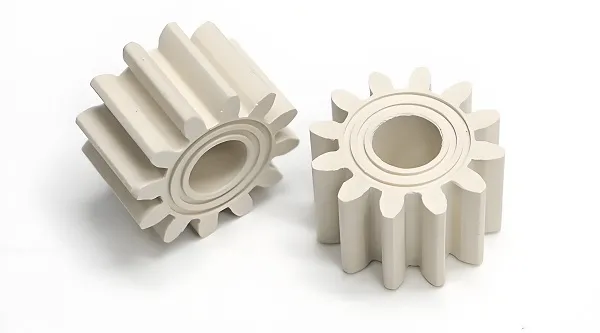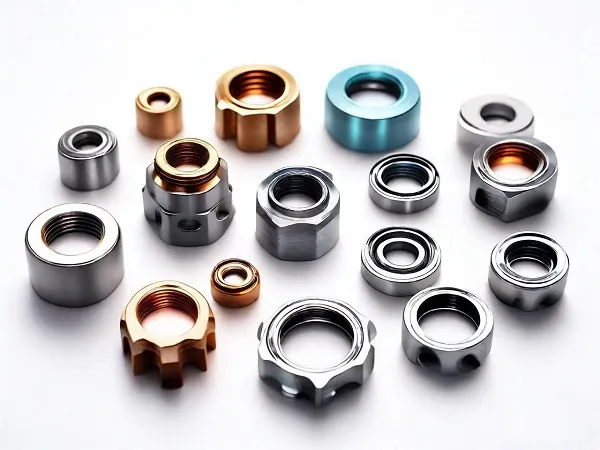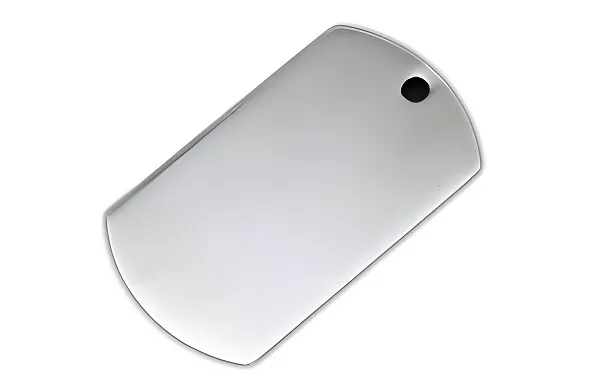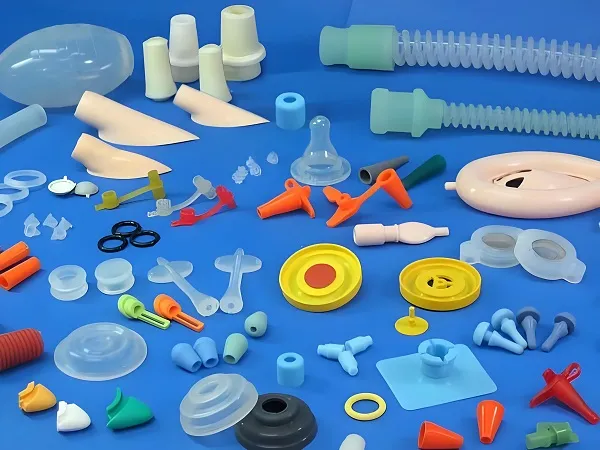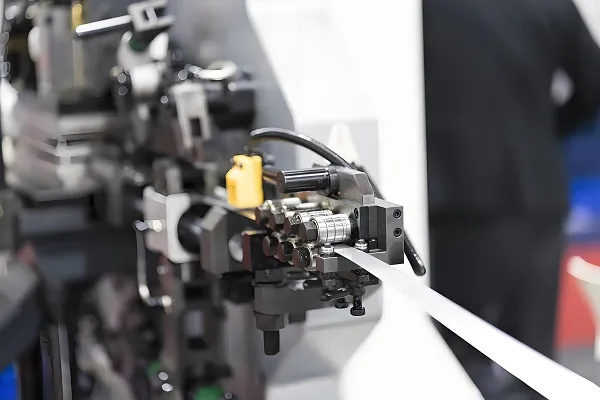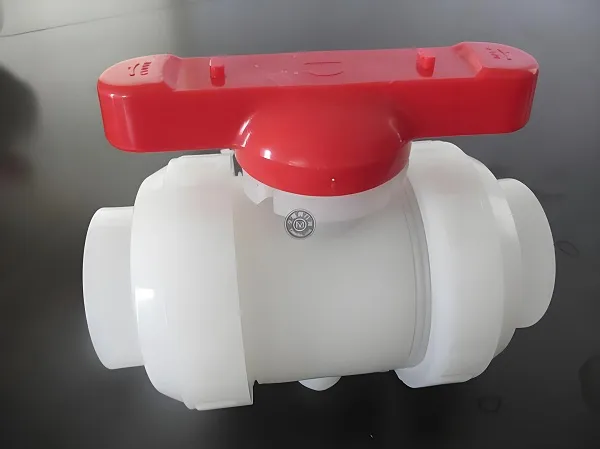Plastic parts customization plays a crucial role in modern industrial manufacturing and is widely used in a variety of fields such as automotive, electronics, medical, and furniture. For first-time buyers of customized plastic parts, understanding the customization process, screening criteria, and technical techniques is key to ensuring a satisfactory product. The following is a concise and easy-to-understand basic encyclopedic guide designed to help buyers easily grasp the core knowledge of plastic parts customization.
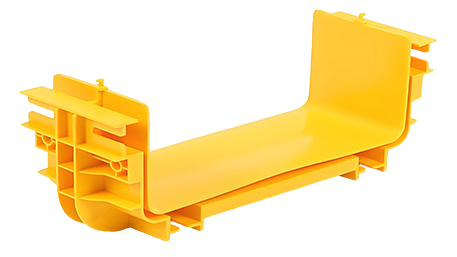
1. The basic process of plastic parts customization
Define the need:
Determine the specific purpose, size, shape, quantity, material, delivery date, etc. of the required plastic parts.
If there are drawings or samples, please prepare them for the manufacturer’s reference.
Select manufacturer:
Find a reputable plastic parts manufacturer with strong technical capabilities.
Inquire about the manufacturer’s customization capability, price, lead time, etc.
Design Confirmation:
Use CAD software to create a 3D model to ensure that all dimensions, material properties and functional requirements are met.
Communicate with the manufacturer to confirm design details such as tolerances, surface treatments, colors, etc.
Mold Making:
Based on the design, make the molds required for plastic molding.
The quality of the mold directly affects the accuracy and appearance of the final product.
Mold Trial and Adjustment:
Conduct mold trial to verify whether the mold design is correct and whether it can produce parts that meet the requirements.
According to the results of the trial mold, the mold will be adjusted or redesigned.
Batch production:
After confirming that the mold is correct, start mass production.
Choose suitable plastic molding methods, such as injection molding, blow molding, etc.
Quality inspection and packaging:
Perform quality check on each batch produced to ensure the consistency and reliability of the finished products.
Carry out packaging and make appropriate logistic arrangements according to customers’ transportation requirements.
2. Selection criteria for plastic parts
Material selection:
According to the use environment and functional requirements of the parts, choose the appropriate plastic materials.
Common plastic materials include nylon, polyester, polyformaldehyde, polycarbonate and so on.
Consider the strength, toughness, heat resistance, chemical resistance, etc. of the material.
Dimensional tolerances:
Determine the appropriate range of dimensional tolerances based on the precision requirements for the use of the part.
Precision parts may require tighter tolerance control.
Surface Finish:
According to the appearance requirements and functional needs of the parts, select the appropriate surface treatment process.
Common surface treatments include painting, plating, printing, etc.
Cost Effectiveness:
Under the premise of meeting functional requirements, consider cost-effectiveness and choose cost-effective plastic parts.
Usage Scenario:
According to the use scenarios of the parts, choose the suitable plastic type and structure.
For example, high precision and reliable plastic parts are needed in medical, automobile and electronic industries; while plastic parts with better weather resistance and durability are needed in construction and agriculture industries.
3. Relevant technical processes for plastic parts
Injection molding:
The molten plastic is injected into the mold, to be cooled and solidified, and then demolded to obtain products.
Suitable for large-scale production, stable product quality, high production efficiency.
Blow molding:
Extrude the molten plastic into the mold, and make it expand into the required shape by blowing.
Suitable for the production of hollow plastic products, such as bottles, containers and so on.
Extrusion Molding:
Extruding plastic in molten state through a mold to form continuous or interrupted plastic products.
Suitable for producing pipes, plates, profiles, etc.
3D Printing:
Creates plastic products with specific shapes and structures by stacking materials layer by layer.
No need for molds, high design flexibility, especially suitable for complex structures and small batch customization.
Surface treatment process:
Painting: Improve the aesthetics and corrosion resistance of the parts.
Plating: Plating a layer of metal on the surface of the part to improve conductivity, wear resistance and aesthetics.
Printing: Printing patterns or words on the surface of the parts to provide identification and decoration.
Summarize
Customizing plastic parts is a complex and delicate process that involves a variety of aspects such as material selection, dimensional tolerances, surface treatment and technical processes. By understanding these basics, buyers can better communicate with manufacturers to ensure that the plastic parts are customized to meet their needs. Choosing a reputable manufacturer with strong technical capabilities will help improve the quality and delivery efficiency of parts and reduce production costs. We hope this guide will help buyers easily grasp the core knowledge of plastic parts customization and contribute to the development of the manufacturing industry.

